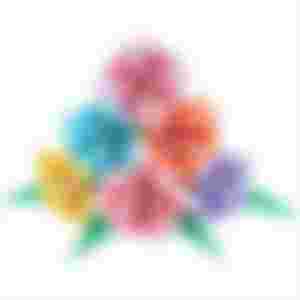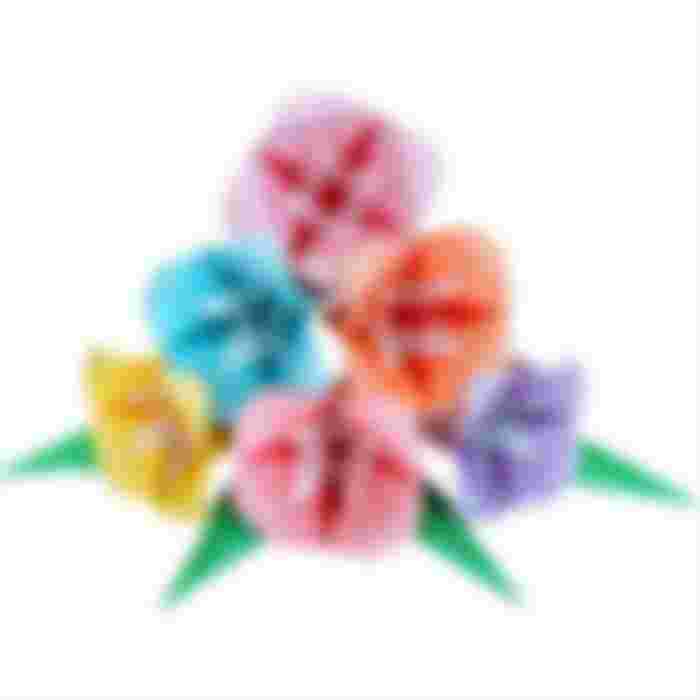The word Origami comes from the Japanese language and is derived from the words ori (bend) and kami (one of several words for paper). Simply put - origami is the skill of bending a sheet of paper or cardboard to get the desired shape, whereby the paper is not allowed to be cut or glued.
No one knows exactly when this technique was invented, but since man first had to invent paper, we can say that this technique cannot be older than two thousand years.

Although it has a Japanese name, some believe that the skill originated in China. The oldest book with instructions for making origami-like objects "Kanamodo" was written in the 17th century. The oldest book on origami for leisure is "Hiden senbazuru orikata" ("The Secret Technique of Bending a Thousand Cranes"), written in 1797.
There are about a thousand models that are considered traditional origami and that are passed down from generation to generation in Japan. Interestingly, until the middle of the 20th century, this technique was considered a pastime for women who made paper models for weddings, funerals and other occasions or as entertainment for children.
Origami is a Japanese art of making paper models that has been passed down from generation to generation for many years. Literally, it is based on folding the paper until the desired model is obtained, either directly or by unrolling it in a certain way. It is a traditional art and like any similar one, it has its experts.

The origami paper is colored on one side and white on the other. When the diagram indicates the colored side, it is thus made known which color will be dominant on the finished model. Origami masters say that good origami is made with patience and precision.


ja kad sam htela sa ovim nesto a napravim , nikako, kazu japanci kad krenes da se bavis sa origami,trebas prvo napraviti zdrala pa onda ostalo, ali ja zdrala nikako nisam zavrsila.